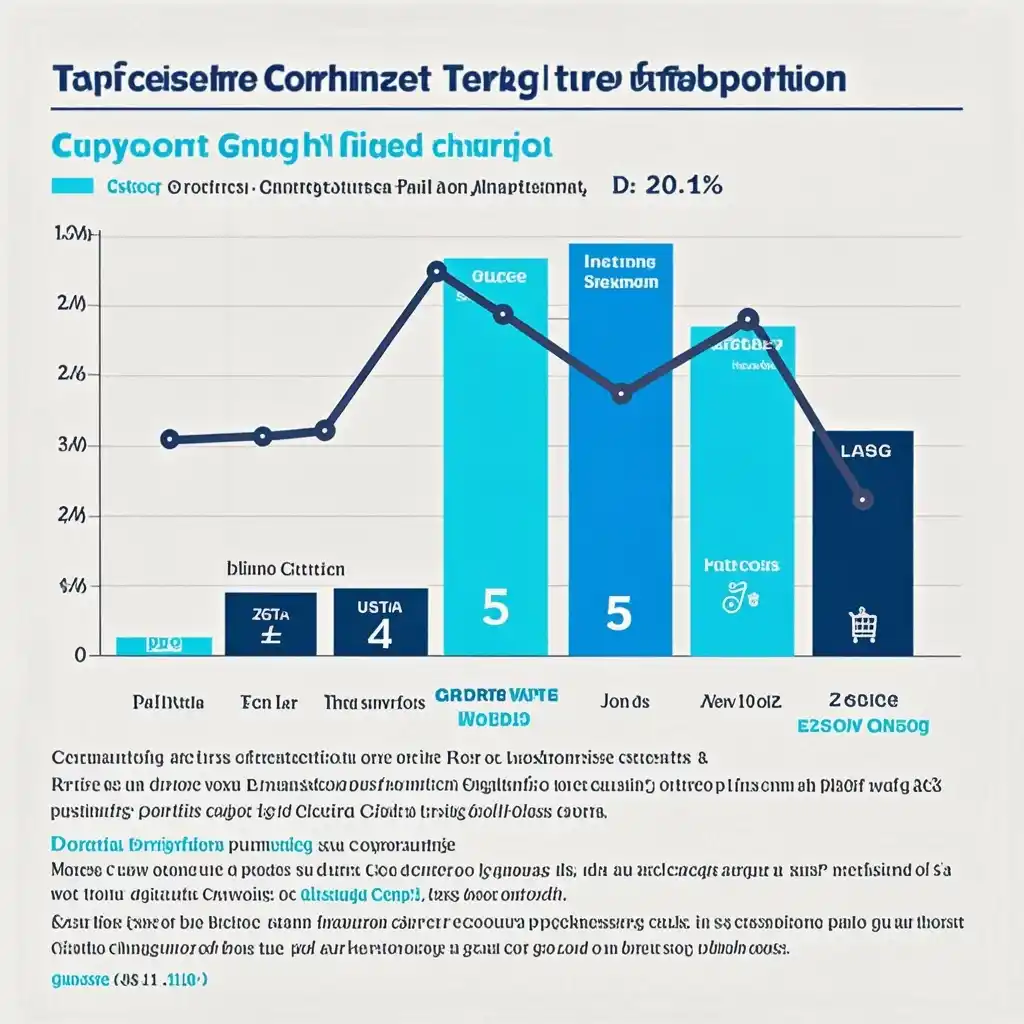

Background
In the world of cross - border e - commerce enterprises, they are currently facing a significant challenge. Tariffs have led to a 20% drop in exports. Tariffs are essentially taxes imposed on goods when they are traded across international borders. For cross - border e - commerce, which heavily relies on the smooth flow of goods across different countries, this is a major blow. The increased cost due to tariffs makes the products of these enterprises less competitive in the international market. For example, if a product originally cost $100 to produce and sell, with a 20% tariff added, it now has to be sold at a much higher price in the foreign market. This price increase deters many potential customers from buying the product, which in turn leads to the decrease in exports.
Impact on Market Share
The 20% export drop has a direct and substantial impact on the market share of cross - border e - commerce enterprises. Market share is calculated as a firm's sales in a particular market divided by the total sales in that market. When exports decline by 20%, it means that the volume of goods these enterprises are selling in the international market is shrinking. Let's assume that in a certain market, the total value of cross - border e - commerce sales was $100 million before the tariff - induced export drop, and a particular enterprise had a 10% market share, which means its sales were $10 million. After the 20% export drop, the total market size might decrease to $80 million (assuming other factors remain constant). If this enterprise's sales also decrease proportionally, its new market share could potentially drop to around 8% ($8 million out of $80 million). This reduction in market share not only means less revenue for the enterprise but also affects its long - term growth potential and competitiveness. Competitors may take advantage of this situation to gain a larger share of the market, further squeezing the position of the affected cross - border e - commerce enterprises.
Recovery Strategies
1. Cost Optimization
One strategy for cross - border e - commerce enterprises to recover market share is cost optimization. They can look for ways to reduce production costs without sacrificing product quality. For example, they could negotiate better deals with suppliers. If a company currently sources a key component at $50 per unit, through renegotiation, they might be able to get it for $40 per unit. This can lead to significant savings in the overall production cost. Another aspect is streamlining internal operations. By improving efficiency in warehousing and logistics, they can reduce costs. For instance, if a company currently spends $100,000 per year on warehousing due to inefficiencies such as overstocking and poor space utilization, by implementing better inventory management systems, they could potentially reduce this cost by 20% or more.
2. Market Diversification
Instead of relying too much on the markets that are most affected by tariffs, these enterprises can explore new markets. There are many emerging economies around the world with growing consumer demand for cross - border e - commerce products. For example, countries in Southeast Asia and some African countries. The consumer base in these regions is expanding rapidly. If an enterprise can enter these new markets early, they can gain a first - mover advantage. Suppose an enterprise currently has 90% of its exports going to North American and European markets. By gradually shifting some of its focus to emerging markets, it can reduce its dependence on the tariff - affected regions and potentially increase its overall market share.
3. Product Differentiation
Offering unique products can also help in recovering market share. Cross - border e - commerce enterprises can invest in research and development to create products that are different from their competitors. For example, a company that sells electronics could develop a new type of smartphone with a unique feature like a longer - lasting battery or a more advanced camera. This can attract customers who are looking for something new and innovative. If the company can effectively market this unique product, it can not only regain some of the lost market share but also potentially increase its market share in the long - run.
Summary
In conclusion, cross - border e - commerce enterprises are in a tough situation due to the 20% export drop caused by tariffs. This has led to a significant reduction in their market share. However, by implementing strategies such as cost optimization, market diversification, and product differentiation, they have the potential to recover and even expand their market share. It is important for these enterprises to be proactive and adaptable in the face of such challenges. Cost optimization can make their products more price - competitive, market diversification can reduce their dependence on tariff - affected regions, and product differentiation can attract more customers. By carefully considering and implementing these strategies, cross - border e - commerce enterprises can look forward to a more stable and prosperous future in the international market.